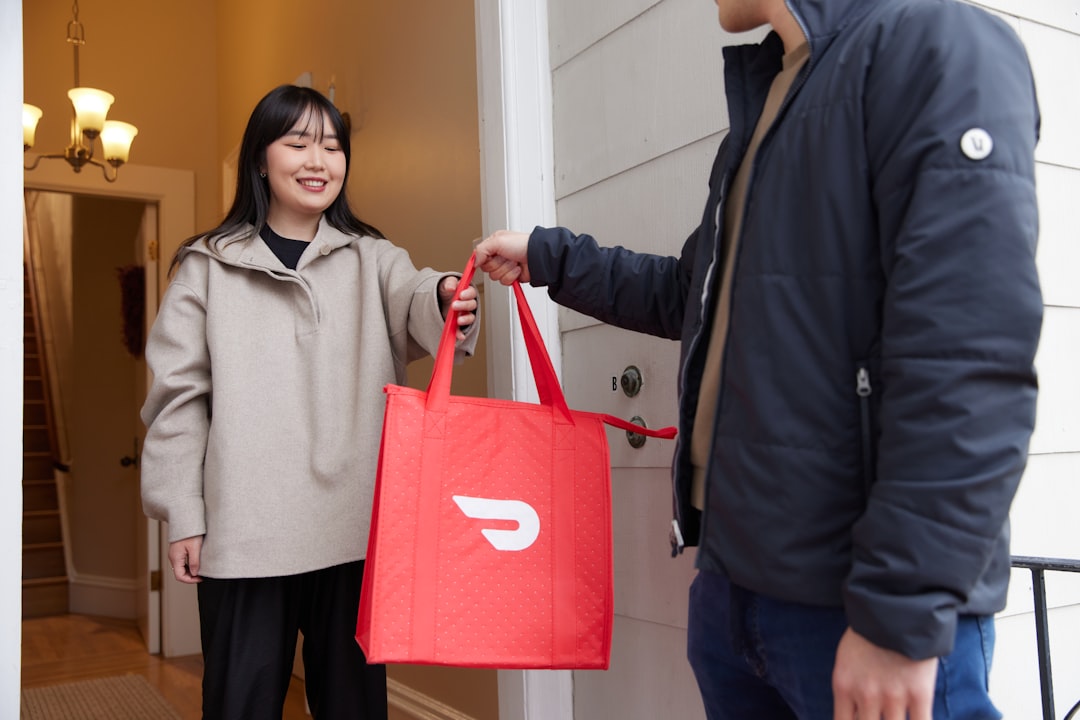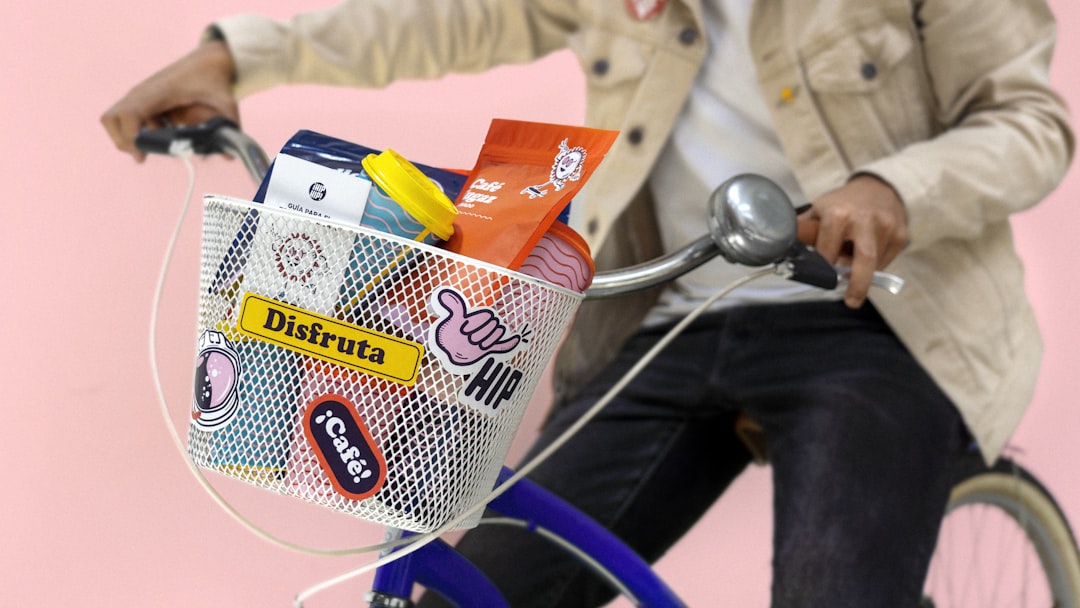

Engage prospects with a scan and streamline customer engagement with FREE QR code marketing tools by Sona – no strings attached!
Create a Free QR CodeFree consultation

No commitment

Engage prospects with a scan and streamline customer engagement with FREE QR code marketing tools by Sona – no strings attached!
Create a Free QR CodeFree consultation

No commitment
Retailers today face mounting pressures from shoplifting and inventory shrinkage, as traditional analog prevention measures struggle to keep up with evolving theft tactics. Many businesses are frustrated by the challenge of missing high-value incidents due to gaps in manual reporting, inconsistencies in data tracking, and delays in response—all of which contribute to revenue loss and operational stress.
QR codes have emerged as a succinct bridge between the physical retail floor and powerful digital systems, unlocking smarter ways to identify theft risks, speed up incident reporting, and close the loop between in-store activity and centralized oversight. By automating access controls and powering real-time alerts, modern QR deployments address persistent industry pain points such as lack of visibility into anonymous incidents and fragmented information across multiple locations.
When thoughtfully implemented, QR codes help retailers move beyond static signage, handwritten logs, and disconnected paper-based audits, delivering actionable intelligence and improving both employee accountability and customer trust in a store’s loss prevention program. This digital transition empowers teams to intervene proactively, streamlines compliance efforts, and ultimately strengthens overall resilience in the face of ongoing shrinkage challenges.

QR codes bridge persistent operational gaps in shoplifting prevention by seamlessly joining physical deterrents with digital oversight. They compress the time between observation and action, which is often the biggest source of loss in high-velocity retail environments.
Here is how to leverage QR codes to rewrite your loss prevention playbook and replace slow analog workflows with fast, consistent digital processes:
Modern QR platforms can automate the creation, deployment, and reporting for these touchpoints. Instead of scattered email threads and paper logs, your team gets centralized analytics, standardized workflows, and auditable timelines that support both operational decisions and legal documentation.
This approach creates a strong foundation for accountability. The more consistently you collect incident signals through easy scanning journeys, the more precisely you can allocate labor, adapt store layouts, guide staff training, and justify investments in higher-value prevention measures.

Shoplifting prevention remains hampered by the inability to connect offline observations with real-time, actionable data flows. QR codes offer a practical, widely understood bridge from physical triggers to digital action without requiring an app or special equipment.
The reasons they matter most in loss prevention align closely with everyday retail challenges:
In practical terms, these capabilities lift the veil on what is happening between cameras and checkpoints. Retailers gain transparency into how incidents unfold, how quickly teams respond, and which interventions actually reduce shrinkage. The result is a measurable improvement in response times, store policy consistency, and employee confidence.

Retail environments vary, yet the fundamentals of QR codes make it easy to match format to need. Choosing the right format ensures a scanner lands in the right place with minimal friction and maximum data capture.
Dynamic QR codes are especially valuable in loss prevention because destinations and workflows often change. You can reassign links, add tracking parameters, or pause codes during investigations. Static codes still have a place for evergreen contact references and fixed policy PDFs that rarely change.
Selecting the right format is as important as the message itself. For example, a self-checkout station might use a dynamic web link for live support, while a stockroom door might use a vCard for manager on-call details. Together, these form a coherent network of rapid-response touchpoints.
QR codes deliver the most value when they remove friction where it is currently high. Retailers do not need to blanket every surface; they need to identify moments where a scan will meaningfully change outcomes.
Strategic placement ideas include:
Prioritizing these placements unifies reporting and tracking across fragmented operations. It also balances transparency and deterrence. Some codes should be visible to customers to signal a security presence, while others should be subtle to encourage staff reporting and to avoid telegraphing your exact detection points.

QR codes succeed when they trigger a precise action that advances safety and accountability. The most impactful use cases prioritize results that teams can measure.
These use cases directly target the persistent weak points in store operations: delayed reporting, inconsistent enforcement, and missing proof of action. Over time, they foster a culture where accurate reporting is easy, expected, and rewarded through fewer losses and smoother shifts.
Every scan within the loss prevention journey captures intent and context: who scanned, where, when, and why. By distinguishing codes based on placement and purpose, retailers can build segmented audiences for targeted training, resourcing, and follow-up.
To build effective retargeting audiences, Sona, an AI-powered platform for identity, intent, and attribution, offers Intent-Driven Retargeting:
In shoplifting prevention, audiences are not customers in the traditional sense. They are the people and places influencing safety outcomes: frontline associates, shift leaders, loss prevention officers, self-checkout zones, and troublesome aisles. Modern QR analytics break historic silos by translating cross-location scans into unified insights that drive targeted interventions.
Loss prevention is not just an operations problem; it is also a communication challenge. QR codes help you align messaging and measurement across print, in-store media, training channels, and leadership communication.
Consider these five integrations that reflect how retailers actually communicate:
A unified platform that manages these touchpoints consolidates analytics across the board. Instead of disparate spreadsheets and email threads, leaders get a single view of who engaged, which assets performed, and where further attention is needed.
A disciplined, repeatable rollout prevents the fragmentation and data loss that often plague legacy prevention strategies. The following checklist helps you plan, test, launch, and optimize a QR-powered program that scales from one store to many.
Start by aligning each code with a specific outcome and ownership. Then design scannable artifacts that fit real-world environments like bright lights at checkout, tight aisles, or low-signal back rooms. Finally, close the loop by connecting scans to alerts, tickets, or training.
Treat this checklist as a living process. As your dataset grows, you will discover which store layouts, code designs, or policies generate the highest compliance and the fastest time to resolution.
Modern shoplifting prevention hinges on timely, credible data. Many retailers still struggle to tie specific actions to reductions in shrink. QR networks, partnered with analytics, finally bridge the gap between incident signals and measurable outcomes.
For connecting offline signals to outcomes, see Sona’s blog The Essential Guide to Offline Attribution.
The analytics foundation should include:
When retailers can quantify scan-to-resolution cycles, they can prioritize investments in the formats and placements that change outcomes. Over time, this builds a virtuous cycle of better data, smarter training, and lower shrink.
Scaling QR successfully requires consistent design, reliable integrations, and a culture of scanning that does not add friction to busy shifts. These tactics help anchor adoption and performance.
Together, these practices address the pitfalls that often undermine QR efforts: unclear handoffs, low adoption, and analytics blind spots. A small upfront investment in standards and onboarding returns continued gains in speed, accuracy, and accountability.

Retailers across categories are applying QR codes to improve response times and coordination while maintaining a positive customer experience. The following examples illustrate how practical deployments translate into measurable results.
These stories reinforce a key idea: the best QR activations connect a real moment of need to a single, obvious action. They reduce ambiguity, document activity, and distribute responsibility, even in complex environments with high staff turnover.
Success comes from aligning design, placement, and process with real-world store conditions. The following expert tips elevate scan rates and keep programs resilient.
Mistakes such as inconsistent messaging, insufficient training, or failing to monitor analytics can derail otherwise strong deployments. A cadence of testing and improvement transforms QR from a novelty into an enduring operational asset.
QR codes are ushering in a new era of scalable, data-driven loss prevention in retail. By transforming printed materials, signage, and everyday store processes into actionable digital touchpoints, they enable real-time risk detection and responsive intervention. The gains compound when scans integrate with incident tools, training systems, and leadership dashboards that translate activity into insight.
The result is a tighter, more transparent prevention program. Stores allocate labor with precision, demonstrate compliance with confidence, and attribute outcomes to specific tactics with evidence rather than anecdotes. Retailers equipped with dynamic, integrated QR workflows set higher standards in shrink reduction and self-checkout protection.
Most importantly, QR-powered journeys reshape culture. They make it easier for employees to act, safer for customers to engage, and clearer for leaders to measure. By turning every surface into a potential entry point for action, retailers build resilient operations that keep pace with evolving theft tactics and protect revenue without sacrificing customer experience. Start creating QR codes for free.
QR codes have revolutionized the shoplifting prevention services industry by transforming traditional security methods into smart, interactive solutions that enhance access control and incident tracking. Beyond deterring theft, QR codes enable seamless verification processes, real-time data capture, and streamlined communication between staff and security systems. Imagine instantly linking every scan to a detailed record, improving response times and reducing losses with precision.
With Sona QR, you gain the power to create dynamic, trackable QR codes that can be updated instantly without reprinting, ensuring your prevention campaigns stay agile and effective. Connect every scan to actionable insights, optimize security protocols, and foster a safer retail environment with measurable outcomes. Start for free with Sona QR today and turn every QR code scan into a secure, efficient step toward shoplifting prevention success.
Modern technologies like QR codes enable real-time incident reporting, automate alerts, and provide centralized data analytics that improve visibility, speed response times, and strengthen loss prevention efforts.
Integrating QR codes at self-checkout stations to trigger instant staff assistance or transaction verification helps narrow theft opportunities and supports quick intervention.
Smart barcode scanners paired with QR code systems enhance theft deterrence by enabling rapid alerts and transaction checks, though the article emphasizes QR codes more for prevention.
QR codes bridge physical retail spaces with digital systems to enable instant incident capture, alert distribution, dynamic policy updates, and data tracking that improve accountability and reduce shrinkage.
Retailers can deploy QR codes at Scan and Go points to request live support or validate transactions, closing the gap between detection and escalation during self-checkout.
Mobile self-checkout systems using QR codes create psychological barriers by increasing transparency, enabling instant assistance requests, and signaling heightened monitoring to deter theft.
The article does not specifically discuss radio frequency identification tags and their role in identifying stolen goods.
Deploying QR code-based digital reporting and alert systems offers a lightweight, affordable alternative to expensive hardware and manual audits, making it cost-effective for small businesses.
By using QR codes to provide quick, unobtrusive access to assistance and policy information, retailers maintain customer convenience while enabling timely interventions and theft deterrence.
The article does not detail legal considerations but emphasizes that QR-based reporting creates auditable timelines and standardized workflows that support compliance and legal documentation.
Use Sona QR's trackable codes to improve customer acquisition and engagement today.
Create Your FREE Trackable QR Code in SecondsJoin results-focused teams combining Sona Platform automation with advanced Google Ads strategies to scale lead generation

Connect your existing CRM

Free Account Enrichment

No setup fees
No commitment required

Free consultation

Get a custom Google Ads roadmap for your business






Launch campaigns that generate qualified leads in 30 days or less.
